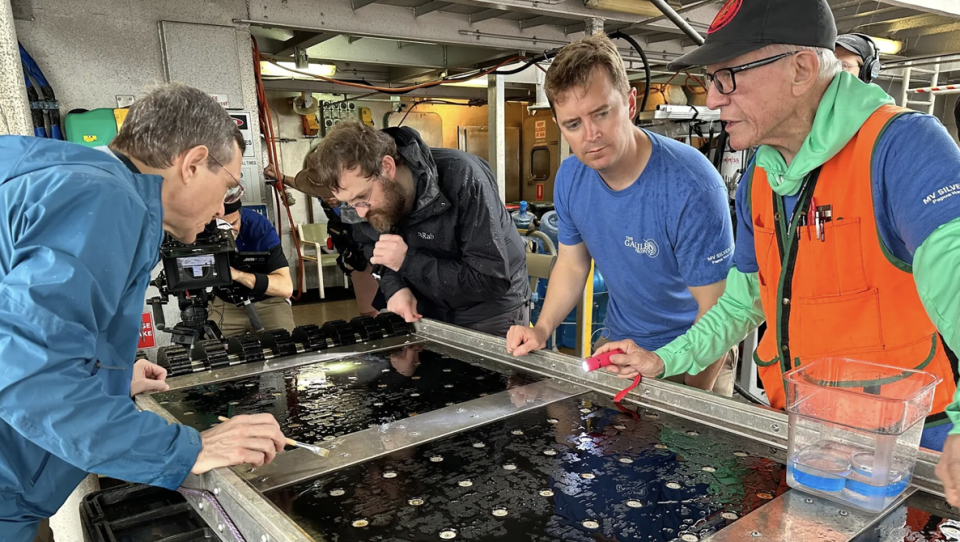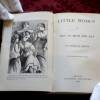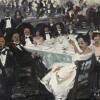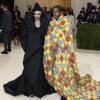Harvard astronomy professor Avi Loeb believes he has new evidence of alien spacecraft.
Last June, he recovered small magnetic spherules from the Pacific Ocean and claims that the small, round objects were from a "watermelon"-sized object that collided with Earth in 2014 — in other words, a piece of alien-built technology.
"It raises the possibility that it may have been a voyager-like meteor, artificially made by another civilization," Loeb said on GBH’s Boston Public Radio Monday.
He first put out a preprint with his findings last summer. Since then, several researchers unrelated to the expedition have pushed back on his analysis. One October 2023 paper deemed the spherules were made by human-produced coal ash.
Loeb put out new findings last week that he claims debunk that theory.
"What we did is compare 55 elements from the periodic table in coal ash to those special spherules that we found," he said. "And it's clearly very different."
He said his work follows the scientific method: collecting materials, analyzing them and following the evidence.
"It’s not based on opinions," Loeb said. "And, of course, if you’re not part of this scientific process and you are jealous of the attention that it gets, then you can raise a lot of criticism."
When asked how he deals with that criticism, he said that, "by now, my skin turned into titanium."
Loeb rose to prominence when he controversially claimed that ‘Oumuamua, a hundreds-meter-long, cigar-shaped interstellar object that passed through our solar system in 2017, was an object created by intelligent aliens.
Others theorized that, while the object’s behavior was unusual, it was simply a comet — and published a paper to that effect last March .
Since staking that claim, Loeb has gone on to found The Galileo Project at Harvard. It uses an observatory at the university to constantly comb the sky in search of extraterrestrial life, analyzing the findings with machine learning, he said.
He believes more observatories should be built to expand on research of what’s passing through closer to Earth, since astronomers are often fixated on faraway objects.
“The best approach to figure it out is actually to do the scientific work of building observatories that look out and check what these objects are,” Loeb said. “And if they happen to be birds, or airplanes, or Chinese balloons, so be it. We can move on after that. But we need to figure it out, it’s our civil duty as scientists.
“The universe is so vast that, rather than keep telling ourselves that there is nothing like us, we should search for it,” he added.
In two weeks, he's making a trip to Poland to deliver a speech for the 550th anniversary of the birth of Nicolaus Copernicus, who famously proved that the Earth orbits the sun.
He wants to promote a more abstract idea in the same paradigm: that humans are not "the center of the intellectual universe."
"They don't care about us. Because we existed on Earth only for a few million years, the human species. And they started the journey probably billions of years ago," he said.







